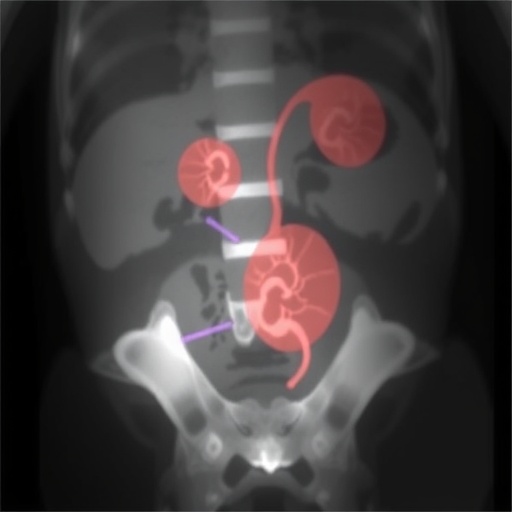Organic light-emitting devices and printed electronics can be connected to a socket in the wall by way of a small, inexpensive organic converter, developed in a collaboration between Linköping University and Umeå University.
Printed electronics and organic light-emitting devices now perform at levels sufficient for a number of eco-friendly, energy-efficient applications. Previously the idea has been to drive the organic electronics using solar cells, batteries or wireless transformers, which works well in many cases. But for fixed installations like lighting, signage or UV-blocking windows, it is convenient to use a wall socket. Until now this has not been possible, because the high voltage damages the electronics.
Docent Deyu Tu from LiU's Division of Information Coding has led a project where colleagues at Umeå University joined forces to find a solution to this problem. And they have now been able to demonstrate an organic converter that makes it possible to drive organic light-emitting devices with high luminescence, and to charge supercapacitors, both using electricity from an ordinary wall socket.
The converter consists of diode-connected organic thin-film transistors, operated at high voltages up to 325 V, with the capacity to transform high alternating current (AC) to a selected direct current (DC).
"For the first time in the world we have been able to demonstrate an AC/DC converter in organic electronics that functions at voltages above 300 V," says Deyu Tu.
"Our converter paves the way for a wave of flexible, thin, cost-effective and eco-friendly solutions for the electronics of the future."
This is a pioneer work of organic AC/DC converters, a first stage to prove the concept of organic power electronics. To be used in real products, the power conversion efficiency needs to be improved.
"We have initiated the follow-up work to deal with this issue", says Deyu Tu.
The results have been published in two journals – Organic Electronics and ECS Transactions – and have generated so much interest that Deyu Tu has been invited to speak at major conferences in China and Japan.
###
The project has received financial support from the Swedish Foundation for Strategic Research.
Christian Larsen, Robert Forchheimer, Ludvig Edman, Deyu Tu, Design, fabrication and application of organic power converters: Driving light-emitting electrochemical cells from the AC mains, Organic Electronics http://dx.doi.org/10.1016/j.orgel.2017.02.036
Vahid Keshmiri, Christian Larsen, Ludvig Edman, Robert Forchheimer, Deyu Tu, A Current Supply with Single Organic Thin-Film Transistor for Charging Supercapacitors, ECS Transactions, 75 (10) 217-222 (2016). http://dx.doi.org/10.1149/07510.0217ecst
Contact: Research fellow Deyu Tu, [email protected], +46 13 28 58 51
Media Contact
Deyu Tu
[email protected]
46-132-85851
@liu_universitet
http://www.liu.se
############
Story Source: Materials provided by Scienmag




